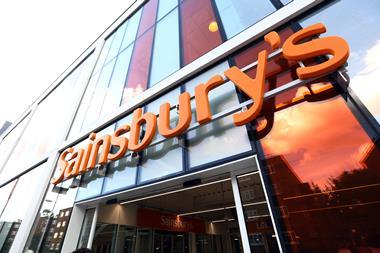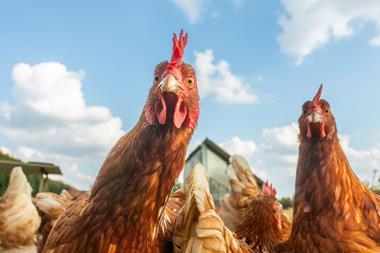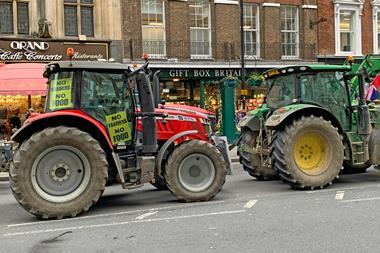
Supermarkets have been playing the nation’s pantomime villain for so long they should have a collective moustache to twirl.
They are roundly vilified for everything from mercilessly squeezing suppliers to forcing local shops out of business and shamelessly copying the initiatives of more innovative, less powerful, companies. But perhaps there is a case for cutting them a bit of slack at a time when they are on the frontline of the battle against food price inflation – a struggle that is radically altering the grocery landscape.
The ONS, in its most recent survey of retail sales in the UK, remarks on changes in the relationship between volume and value. Having been closely aligned until 2021, the two have diverged rapidly ever since – the former plummeting and the latter soaring.
Milk is one of the biggest drivers of food inflation, as it affects many other items such as butter and cheese. The farmgate price hit a record of 54p per litre earlier in the year, prompting a rise in production of 3%. But it is now back to 32p and will likely be in the twenties by the peak of summer.
The price drop has allowed supermarkets to trumpet headline figures such as £1.55 for a three-litre carton, but they are still making up the reductions by reinforcing profits on smaller units such as pints.
One of their most effective defences against the fall-off in volume sales is to reduce the number of product lines – accelerating a trend started by Brexit, which affected availability of continental produce. This, in turn, has prompted the big chains to look closer to home for sourcing. This is something they have been equipped to do since they began establishing regional buying offices to support local food producers.
Tesco was the first to go down this road under Terry Leahy in 2006, and the other big operators quickly followed. Aldi has always been very supportive of local sourcing, Asda has recently come back on board, and Waitrose and M&S play their part. Lidl tries, but finds Scottish produce a bit expensive for its pricing regime.
For this – as well as the mammoth task of providing the bulk of everyone’s daily food shop – they deserve credit. However, without wanting to paint them as the villain again, there is more they could do.
By far the greatest number of food producers in Scotland have sub-£1m turnovers, and it would greatly enhance the chains’ efforts to regionalise ranges if they could find more innovative ways of supporting them as well. These smaller producers do not need – and could not supply – national contracts, but if they had a viable route, say, into the four most immediate large stores in their own locale, it would make a world of difference.
It would pay to nurture them. Scotland has a well-deserved reputation for food production and, with the right investment, these smaller operations could be catalysed into becoming the big brands of tomorrow.
Instead of national buyers acting like gods, under which supplicant suppliers bend over backwards to get a listing, the regional offices should be out there convincing producers to bring them their goods.
Since the advent of market disruptors such as Aldi and Lidl, the focus of the big four has been on price comparison. But if they really wanted to differentiate themselves, they could make their individual stores more representative of the communities in which they operate.
Shoppers have a part to play as well. They can support the circular economy by checking the shelves and their trolleys to see where the food they are buying comes from, putting pressure on stores to source locally where possible and voting with their feet if they don’t.
In the main, people want a more sustainable way of life and a pathway to less impact on the environment. A good start would be making the right individual choices. The supermarkets can’t do it all.



















No comments yet